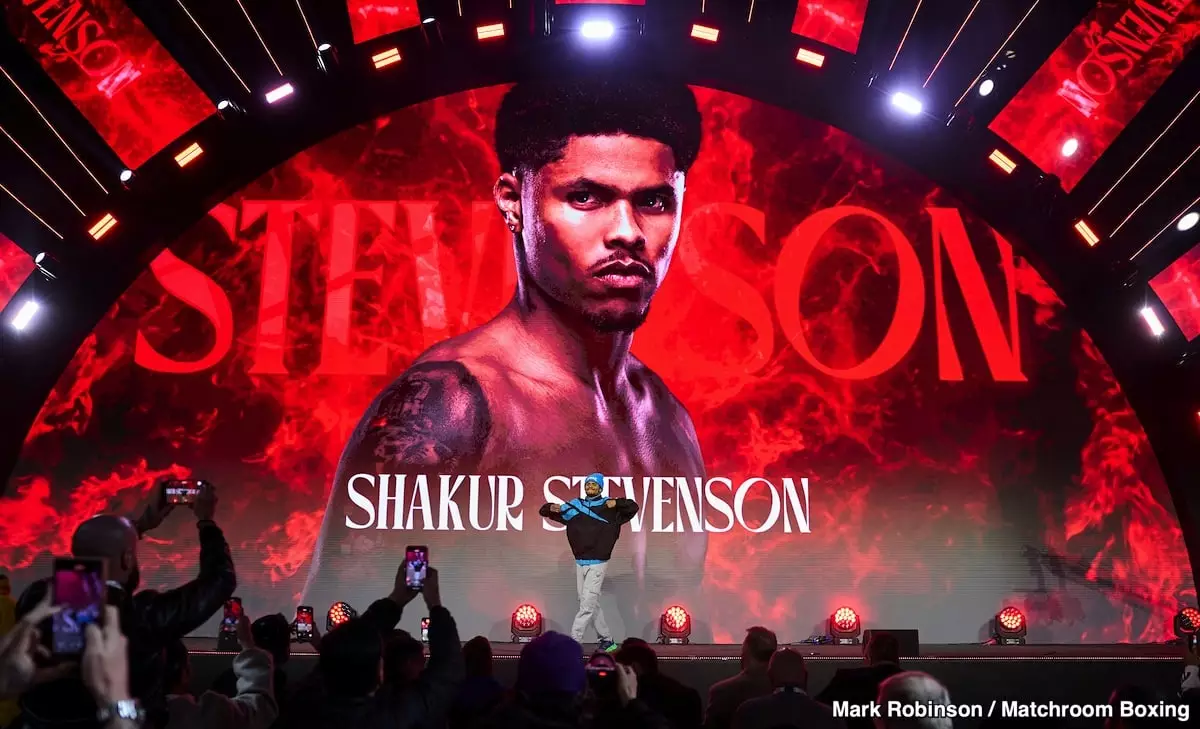The boxing world is buzzing with anticipation as WBC lightweight champion Shakur Stevenson prepares to defend his title against unbeaten interim champion William Zepeda on July 12th in the iconic New York City. This event has all the makings of a classic showdown, especially as it represents not just a title defense but also a strategic move in the careers of two rising stars. Stevenson’s return to the ring comes with the promise of a potent combination of technique and strategy, while Zepeda’s firepower could make this match one that fans won’t soon forget.
Shakur’s Tactical Approach and Public Persona
Stevenson’s track record—including a flawless 23-0 with 11 knockouts—speaks volumes about his skill and discipline. However, his recent public apology to Turki Alalshikh sheds light on his understanding of the business side of boxing. If Alalshikh is indeed supporting the event financially, it implies a lucrative payday not only for Shakur but also for Zepeda. This element of financial incentive can often sway the narrative surrounding a fight, pushing both competitors to elevate their game. Yet, there’s more to Stevenson than just his boxing skills; he has a keen awareness of his public image and the need to maintain positive relationships in a cutthroat industry.
The Intricacies of the Match-Up
At the heart of this anticipated bout lies a fascinating dichotomy of styles. While Stevenson is lauded for his defensive prowess and ring IQ, Zepeda’s raw offensive ability creates a compelling contrast. Zepeda, with his unblemished record, is hungry for recognition and aiming to make his mark against a renowned opponent. It’s essential to note that the psychological dynamics at play could heavily influence the bout. Shakur exudes confidence, almost to a fault, having previously underestimated adversaries, as demonstrated in his loss at the 2016 Olympics. On the other hand, Zepeda might bring the relentless pressure that could exploit any overconfidence.
The Challenge of Adapting Under Pressure
This fight will serve as a true test of adaptability for both men. Zepeda must find a way to cut off the ring effectively and pressure Stevenson into trading punches, where Shakur might be less comfortable. What’s more, if Zepeda can manage to turn the fight into a battle of attrition, he stands a substantial chance of pulling off an upset. On the flip side, Stevenson’s game plan will likely involve using his superior speed and footwork to maintain distance, forcing Zepeda into a challenging fight he may not be prepared for—much like the tactical ballet he executed against other opponents in the past.
Though it may be easy to predict a Stevenson victory based on his reputation, Zepeda’s relentless determination and offensive capabilities pose a formidable threat. The question remains: who will emerge victorious in this defining moment for both athletes? The answers will unfold in the ring, but the journey leading up to that date highlights the complexities and allure of boxing as more than just a sport—it’s a dramatic narrative filled with ambition, rivalry, and the pursuit of greatness.

